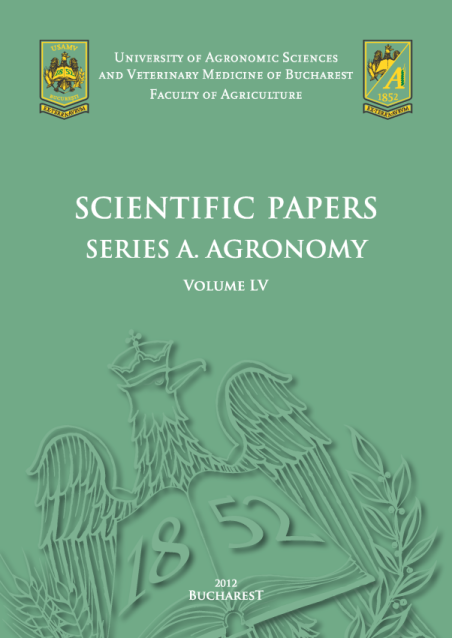Published in Scientific Papers. Series A. Agonomy., Vol. LVI
Written by Angheluş FIERBINŢEANU, Viorel DINCĂ
Sunflower is attacked by more than 40 different diseases of which only a certain number causes serious reduction ofseed yield. One of the most damaging diseases is downy mildew which is caused by Plasmopara halstedii fungus (Farl.)Berl.et de Toni (syn. Plasmopara helianthi Novit.). Sunflower downy mildew has a great economic importance in allcountries where sunflower is grown. When the meteorological conditions during the vegetation period of sunflowerbecome favorable for disease development, the damages produce considerable reducing of the seed yield and the oilcontent.The best way of controlling the fungus is to grow resistant cultivates and because that the major objective of this studywas to developed sunflower genotypes genetically resistant to dominant races of downy mildew in Romania. During thiswork two co-dominant markers for Pl-6 and Pl-8 gene. For introduction of these genes in breeding program markerassisted selection (MAS) was used. Developed commercial sunflower inbred lines exhibit resistance to all known racesof downy mildew in Romania indicated incorporation of resistance to downy mildew in well-known and widelyproduced hybrids. Except that, Pl-genes were introduced to large number of new inbred lines and new downy mildewresistant hybrids.
[Read full article] [Citation]

 downy mildew
downy mildew



